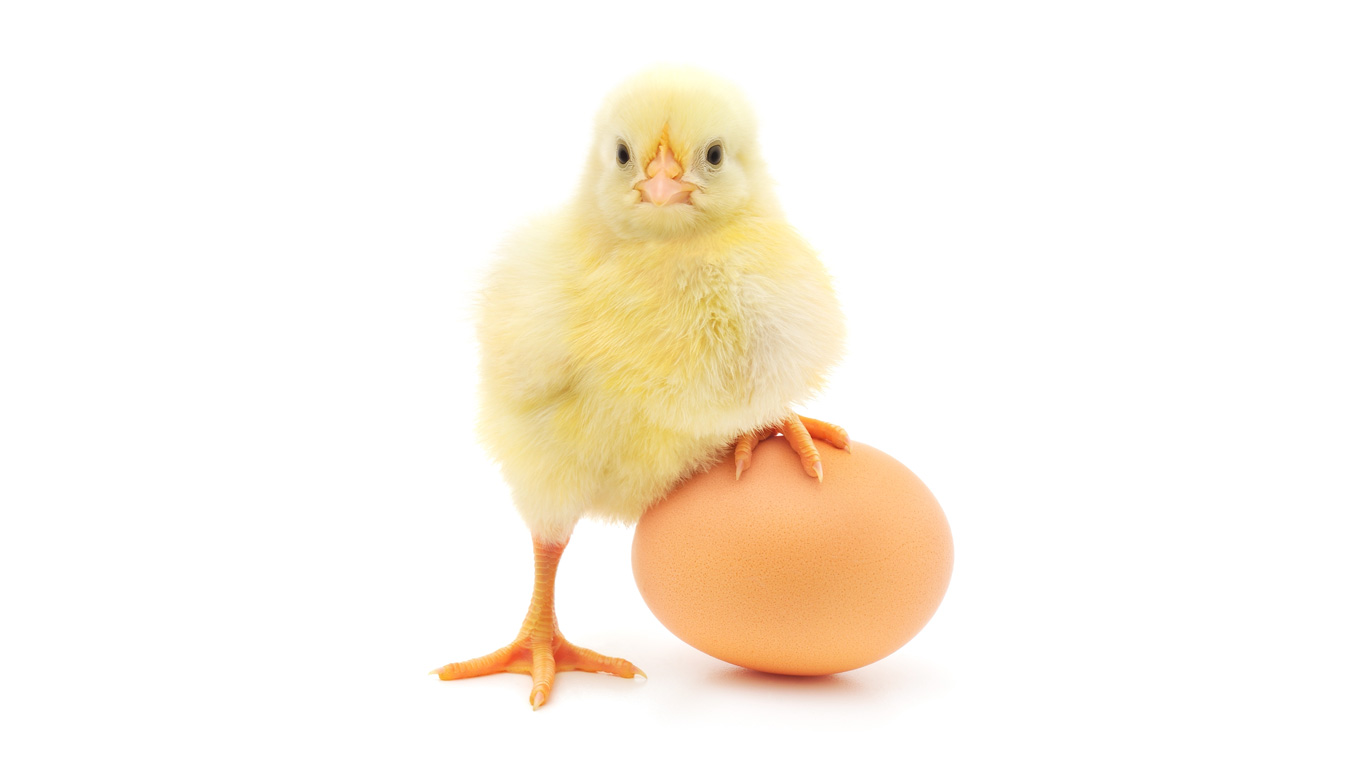
World Egg Day is the second Friday in October. This year, it’s Friday the 13th, but we’re not going to scare you with too many egg statistics. Kidding…sort of. We have at least a dozen. So let’s get scrambling, and go over the highlights.
Egg production is up
Every five years, the Census of Agriculture releases detailed data about egg production. In 2021, the census counted 745.0 million dozen table eggs produced by nearly 10,000 reporting farms nationwide, and another 81.1 million dozen hatching eggs from just over 1,000 reporting farms.
The number of table eggs produced rose from 555.9 million dozen in 2011 to 616.7 million dozen in 2016, while the number of hatching eggs increased from 54.2 million dozen to 64.7 million dozen over that same period.
Among the dozens of table eggs in 2021, close to 4 in 10 (38.4%) came from farms in Ontario, while just over 1 in 5 (21.1%) came from Quebec, and over 1 in 10 (12.9%) were laid in British Columbia.
In fact, there were more eggs produced in the Southern Ontario census agricultural region (110.2 million dozen) in 2021 than the combined total of the Atlantic provinces (49.7 million), as well as Alberta (67.7 million), Manitoba (57.4 million), and Saskatchewan (31.4 million).
Many layers, better output
There are layers to our stats—quite literally, how many hens are doing the work. Most recently, the average number of layers in Canada was 35.6 million in July 2023, slightly higher than July 2022 (35.3 million).
And we have to say, Canadian layers are pretty efficient. Of the 73.6 million dozen eggs they laid in July 2023, 1.4 million dozen of them (about 2.0%) were considered leakers or rejects. How many of us can say we work with a 98% efficiency rate?
Of the 73.6 million dozen eggs produced in July 2023, 65.1 million dozen were sold for consumption, and another 6.9 million dozen were destined for hatcheries.
As well, the number of eggs in shell per 100 layers has more than doubled from 1,189 when we started tracking this data in January 1951, to 2,480 in July 2023.
Producer prices down, retail prices up
Egg producers received 206.4 cents per dozen in July 2023, slightly higher than the previous month, but down from the all-time high of 219.2 cents paid to them in August and September 2022.
Conversely, grocery store prices have continued to rise. In August 2023, Canadian consumers paid an average nationwide price of $4.62 a dozen, the third-highest price on record since we started tracking the current data series in 2017.
By province, British Columbians paid the most ($5.40) while Quebecers paid the least ($3.87).
In November 2022, prices for eggs rose 16.7% year over year—the sharpest yearly increase since September 1981—and outpaced the 11.4% overall increase in prices for food purchased from stores. An outbreak of Avian influenza might have impacted production at the time, while in October 2022 producer price increases were approved from their respective governing boards.
More recently, egg prices rose 3.6% year over year in August 2023, at a less runny pace than the overall inflation rate (+4.0%) and prices for food purchased from stores (+6.9%).
What came first, the chicken or the egg?
Trick question! Here at StatCan, it’s been at the exact same time since 1951. Our next poultry and egg statistics release will be on October 31.
StatsCAN app
Download the StatsCAN app today to have these articles at your fingertips! Already using the app? Leave a review in the Apple App Store and Google Play and let us know what you think.
Contact information
For more information, contact the Statistical Information Service (toll-free 1-800-263-1136; 514-283-8300; infostats@statcan.gc.ca) or Media Relations (statcan.mediahotline-ligneinfomedias.statcan@statcan.gc.ca).

